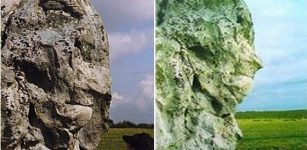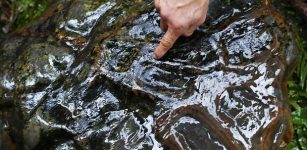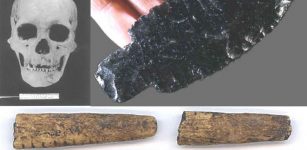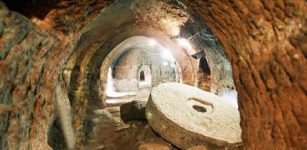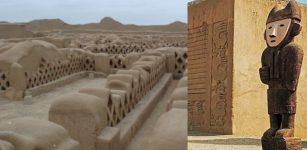RCA Researchers Uncover Stonehenge’s Sonic Secrets
MessageToEagle.com – The Preseli Hills – the source of some the stones at Stonehenge – have a sonic property and the giant bluestones of Stonehenge may have been chosen because of their acoustic properties, according to researchers from London’s Royal College of Art.
For years archaeologists have been mystified as to why giant ‘Preseli’ bluestones from Mynydd Y Preseli in Pembrokshire, south-west Wales ended up at Stonehenge, almost 200 miles away.

But now researchers from the Royal College of Art think they may have found the answer, along with a surprising new role for Britain’s most popular heritage site: the bluestones may have been sought for their unique acoustic properties, which together made up a prehistoric soundscape at Stonehenge.
Sound specialist Jon Wozencroft, Senior Tutor in Visual Communication at the RCA and the author, photographer and ‘archeo-acoustic’ expert Paul Devereux principal investigators in the Landscape & Perception project 2007-2012, studied thousands of stones along the Carn Menyn ridge testing their properties and found that many of them were found to “ring” when they were struck.

It was a sound like a ringing bell.
Sonic or musical rocks are referred to as ‘ringing rocks’ or ‘lithophones’.
“The percentage of the rocks on the Carn Menyn ridge are ringing rocks, they ring just like a bell,” said Mr Devereux, the principal investigator on the Landscape and Perception Project.
“There had to be something special about these rocks,” he said. “Why else would they take them from here all the way to Stonehenge?”

Timothy Darvill, an English archaeologist and author, best known for his publications on prehistoric Britain and his excavations in England, Wales, and the Isle of Man, has undertaken hundreds of excavations at Stonehenge.
He insists that “pre-historic attitudes to stone” must have been very different to those of today.
“We don’t know of course that they moved them because they rang but ringing rocks are a prominent part of many cultures,” he said.
“You can almost see them as a pre-historic glockenspiel, if you like and you could knock them and hear these tunes.
“And soundscapes of pre-history are something we’re really just beginning to explore.”
MessageToEagle.com
source: RCA



